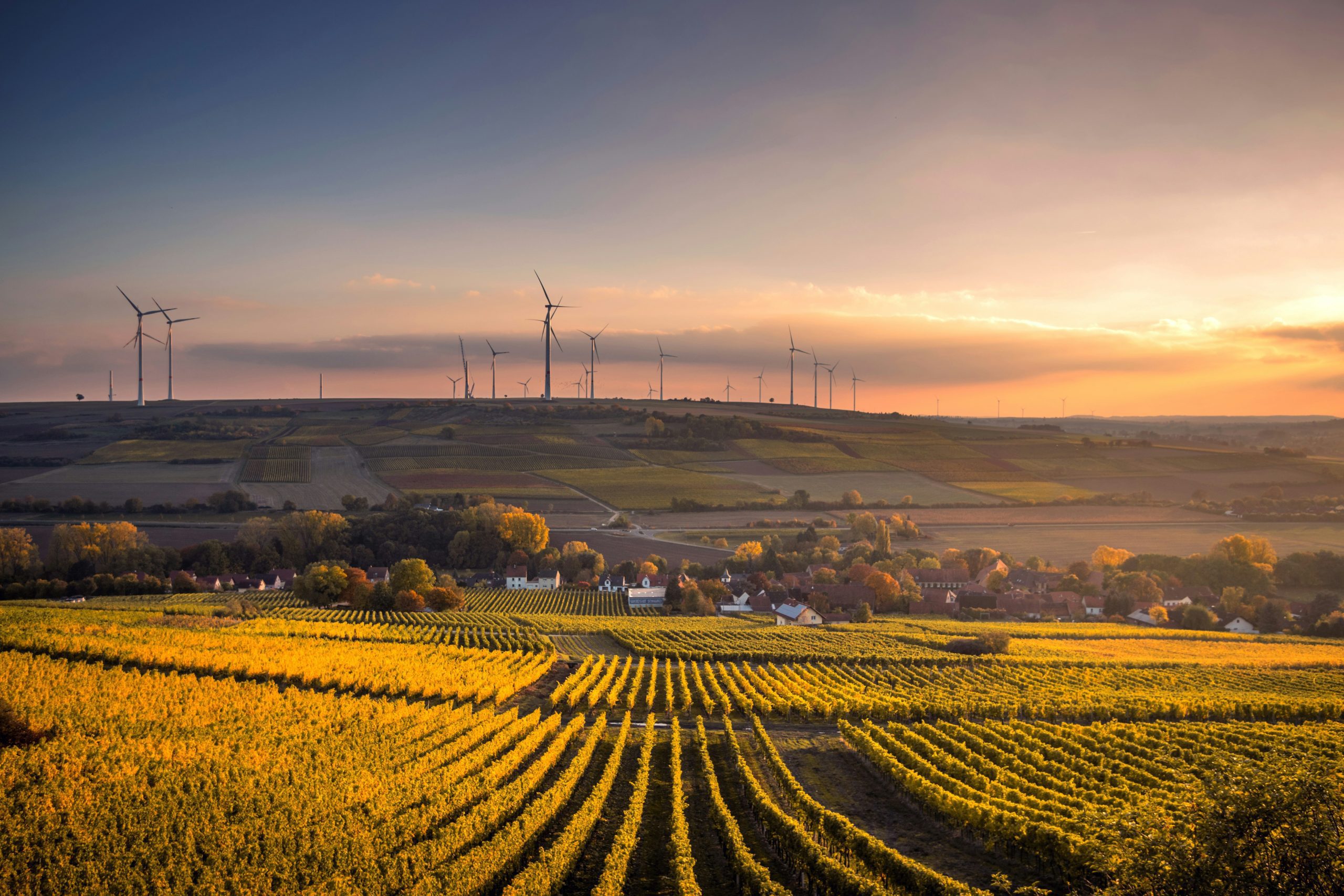
We recently attended an insightful talk titled “AI and Machine Learning for Agriculture and Food”, hosted by the Royal Agricultural University and delivered by data scientists from Ricardo. Alongside highlighting the financial opportunities for the sector, the session focused on the sustainability benefits that AI can bring to agriculture. Below, we share some of the key takeaways.
First Things First: What Is AI Doing in Agriculture?
The talk opened with a quick recap of what AI actually is, and how machine learning sits within AI as a subset focused on recognising patterns in data.
When it comes to building AI models, the quality of the data is absolutely critical. The speakers highlighted four essentials:
- Completeness – data must be relevant and sufficiently comprehensive
- Consistency – such as using the same units of measure
- Accuracy – the data needs to be as error-free as possible
- Timeliness – up-to-date data enables better decisions
With good data, AI models can serve a range of agricultural uses, including:
- Forecasting (e.g., crop yields)
- Classification (e.g., weed vs. crop, ripe vs. unripe)
- Anomaly detection (spotting anything unusual in real time)
But there’s a catch: AI needs huge datasets to function effectively. Many agribusinesses are already collecting hundreds of thousands of data points, meaning that—for now—AI model development is largely dominated by large organisations and research collaborations. Most farms will therefore be users of AI models rather than creators of them.
Sustainability Use Cases That Caught Our Attention
Looking through a sustainability lens, several examples stood out:
- Birdsong Monitoring for Biodiversity
Much like the bird-ID apps you may have on your phone, AI systems can now identify and log birdsong automatically. This provides landowners with reliable, ongoing biodiversity data—useful for demonstrating improvements over time.
- Lameness Detection for Improved Animal Welfare
Using cameras in barns or fields, AI can analyse the gait of cows and score them using the AHDB mobility scale. Farmers are then alerted early, enabling timely treatment before conditions worsen.
- Detecting Health Risks in Poultry Barns
A more sobering example: AI-equipped cameras can detect dead chickens so they can be removed quickly. This reduces cannibalisation and prevents the potential spread of disease.
- Preventing Waste Through Foreign Object Detection
AI-driven conveyor belt systems can spot foreign objects before they contaminate batches. This prevents entire loads of otherwise good produce from being scrapped—reducing waste and saving resources.
Environmental Reporting: Where We Stand
Back in our world of environmental reporting, AI holds many exciting possibilities. We’ve already begun experimenting with AI tools for specific tasks, and we fully expect responsible use of AI to become part of our workflow over time.
For now, though, our work remains firmly rooted in professional expertise and primary data analysis. When you work with us, you can be confident that a qualified environmental specialist will analyse your ESOS, SECR, ESG, or carbon footprint projects.
If you’d like to discuss how we can support your organisation, please get in touch: [email protected]
Photo by Karsten Würth on Unsplash
